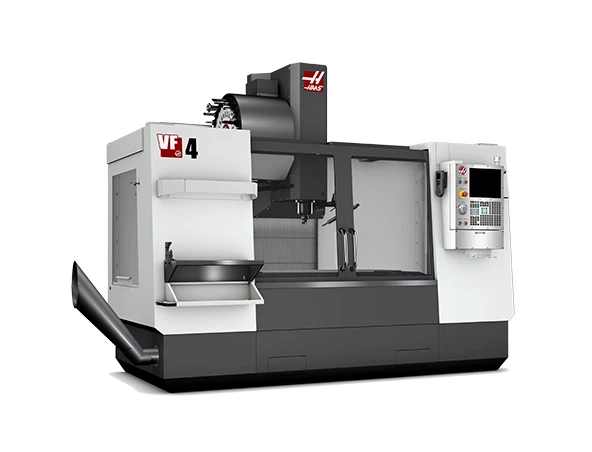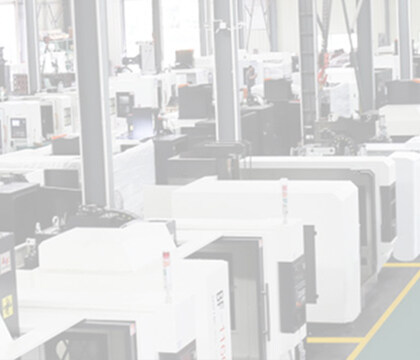- NO63, XinTai Road, XinMaLian, DaLang Town, Dongguan City, Guangdong province
- info@baofengmachine.com
Email format error
Email cannot be empty
Email already exists
6-20 characters(letters plus numbers only)
The password is inconsistent
Email format error
Email cannot be empty
Email does not exist
6-20 characters(letters plus numbers only)
The password is inconsistent

News
3 axis vs. 5 axis CNC machining — what you need to know
China 5 axis cnc machine manufacturers
Computer Numerical Control (CNC) machining is a subtractive manufacturing process that enables manufacturers to accurately and cost-effectively create high-precision parts. CNC machining removes excess raw material from workpieces with cutting tools to create a precise finished product from materials like plastic, metal, and composites.
These days, product teams have lots of options when it comes to multi-axis machining, from 3-axis to 5 axis cnc milling machine to even 9-axis machining. What’s the difference between each type? In this article, we’ll break down the key similarities and differences between two popular types of CNC machining (3-axis vs. 5-axis) — and explain when it might make sense to use one over the other.

3 axis machining
After the operator enters milling instructions into a computer, the 3-axis CNC machine will automatically complete the task by using a tool to cut along three axes — X, Y, and Z, or left-to-right, front-to-back, and up-and-down. Both CNC milling and CNC turning fall under the umbrella of 3-axis machining. However, they function slightly differently.
When using a 3-axis CNC milling machine, the material block remains fixed in a vice or on a machine bed. Rotating drills or cutting tools are connected to a spindle and move along the X, Y, and Z axes, removing shavings to accurately form the final component. 3-axis CNC milling machines are excellent for producing most geometries and simple parts.
By contrast, in the CNC turning process, the workpiece is attached to a rotating spindle, and a lathe shapes the component. As the spindle holding the workpiece rotates, a center drill or cutting tool traces the component’s outer and inner perimeters or creates holes along the center axis. Compared to CNC milling machines, CNC lathe turning machines produce parts faster and offer cheaper per-unit costs, which is advantageous for high-volume production runs.
Since a 3-axis CNC machine can only cut along three axes, it may struggle with non-conventional shapes or designs with deep, narrow cavities that are difficult to reach. When processing parts with complex geometries, operators may have to manually reposition the workpiece, which can slow down the processing speed, raise labor and machining expenses, and result in a less-than-perfect finished product.
5 axis cnc milling machine
5-axis machines rely on a tool that moves in five different directions — X, Y, and Z, as well as A and B, around which the tool rotates. Using a 5-axis CNC machine lets operators approach a part from all directions in a single operation, eliminating the need to manually reposition the workpiece between operations. 5 axis cnc milling machine saves time and is ideal for creating complex and precise parts like those found in the medical, oil and gas, and aerospace industries. There are a few different kinds of 5 axis cnc milling machine that product teams should be aware of, including indexed 5 axis cnc milling machine, continuous 5 axis cnc milling machine, and mill-turning CNC centers.
Like 3-axis CNC milling, the cutting tool only moves along three axes and doesn’t maintain continuous contact with the workpiece in indexed 5-axis CNC machining. However, the machining table and tool head can automatically swivel in two directions between operations. Indexed 5-axis machining is great for manufacturing housings, jigs, and fixtures. It falls somewhere between 3-axis CNC milling and continuous 5-axis CNC machining in terms of speed, precision, and the ability to handle complex geometries.
In continuous 5 axis cnc milling machine, the cutting tool and the workpiece can rotate and move simultaneously during operation, saving time and allowing operators to manufacture intricate geometries with organic surfaces. Continuous 5 axis cnc milling machine offers improved surface finish, speed, and dimensional stability, but it has the highest cost-per-part.
For more information about china 5 axis cnc machine manufacturers, we are glad to answer for you.
